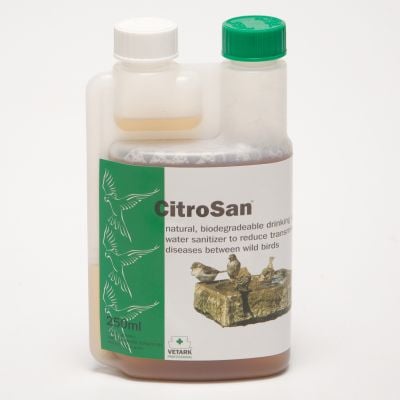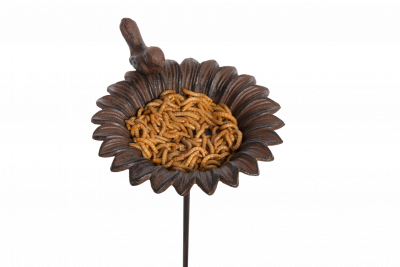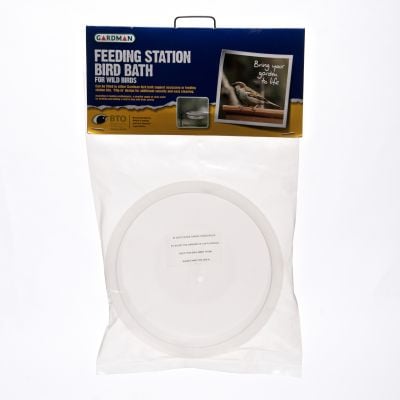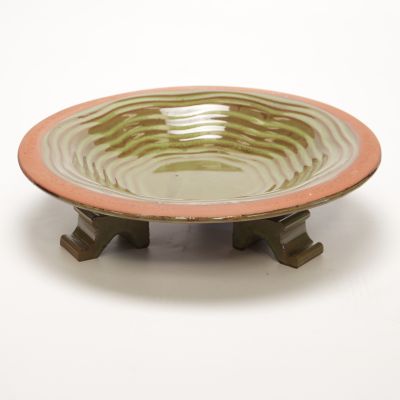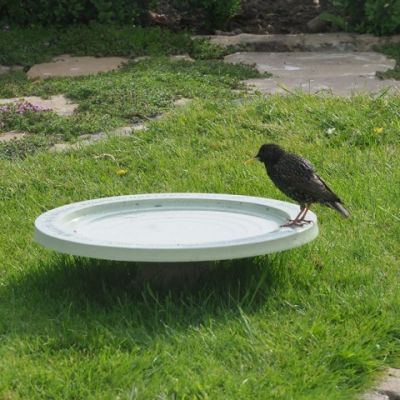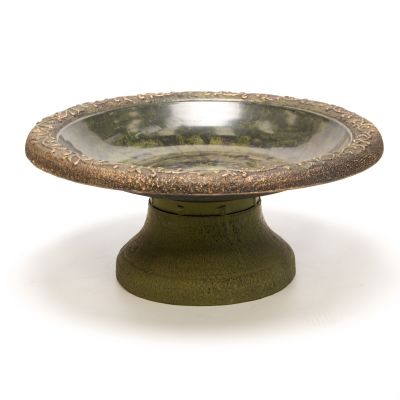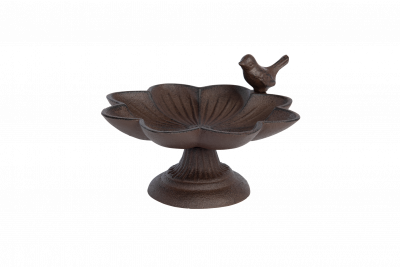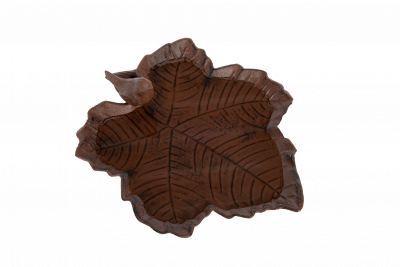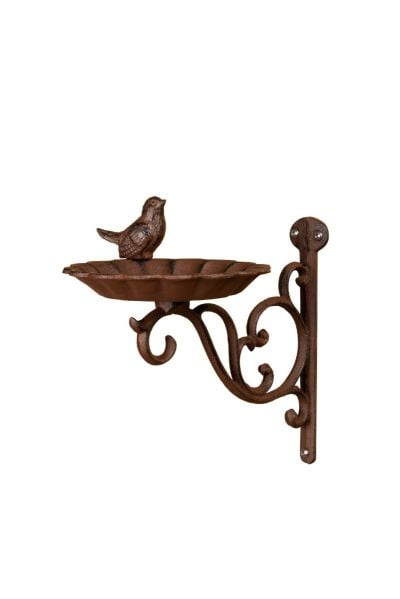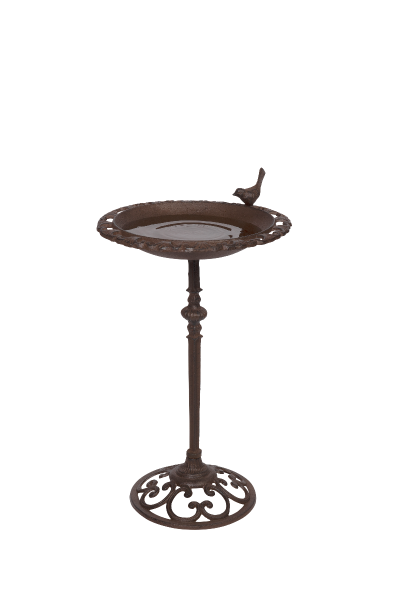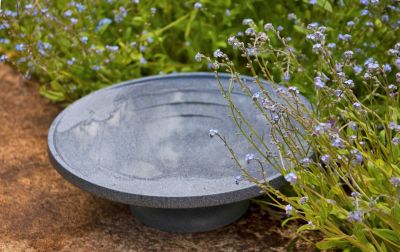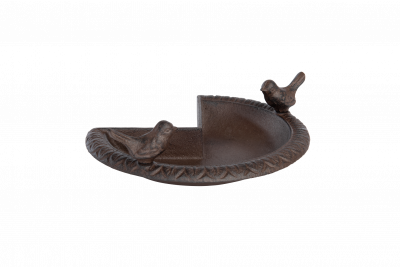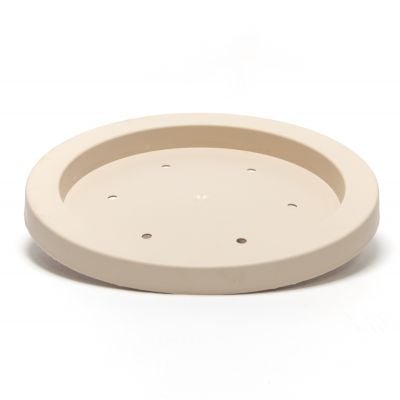Bird baths provide a source of clean water for birds which is important for two main reasons:
Firstly, birds require water to drink and therefore stay hydrated. This can be especially important where local populations of different species of bird are fairly dependent on food put out for them in gardens, as most of this food clearly doesn’t contain any fluids (the exception being live mealworms). This often applies in more urban areas, with a lack of natural food such as insects and other invertebrates meaning foods such as sunflower hearts and suet products become key to survival. In addition and in particular, during drier summer months, bird baths are often the only local source of clean water available to birds.
Secondly, birds require water for bathing, with this being part of their instinctive need to maintain feathers for efficient flight. This is achieved by birds by firstly getting their feathers wet, and then preening with their beaks – the water having loosened the dirt in the feathers. This preening process then also involves taking oil from the preen gland which is above the tail, which the bird then distributes within its feathers, and in so doing achieves a degree of waterproofing and insulation. This is why birds can often be seen repeatedly wiping their bills against the area above their tail after they’ve used a bird bath.
Given that birds are using bird baths for both drinking and bathing, it is absolutely essential to keep the water clean. If this isn’t achieved, then it significantly increases the risk of disease, with the fatal Trichomonas – which especially affects species of finch – being known to be spread in this way. In a garden busy with birds and especially if Starlings are present (which frequently bathe and often together), then it may be necessary to rinse out and refill a bird bath several times during a day. Adding a natural sanitiser to the water such as our Citrosan Water Sanitiser can also help reduce the risk of disease transmission.
For bird baths which are frequently used, then a quick clean out at least once a day is normally necessary. This can be achieved by emptying out the dirty water, a brief scrub with something like a washing-up brush, rinsing out, then refilling with clean water. You don’t need to use any cleaning aid products for this daily job. It’s then a good idea to carry out a more intense clean once a week, with the difference here being the use of a product such as Ark Klens – though it’s essential to ensure a thorough rinse after its use.
This can be a real challenge in very cold weather, with the reality often being that you can’t stop the water freezing but instead have to remove the whole block of ice – which can sometimes be achieved with the help of very hot water which loosens the ice from the solid surface of the bird bath. When the temperature isn’t low enough to freeze all the water but only the surface, then breaking the ice by hand or melting it with hot water is the best solution. Something like a ball can be floated in the water and this may help prevent the water from freezing, providing of course there’s sufficient wind to keep it moving around.
There’s no ideal height, with most bird baths either sitting directly on the ground or around one metre above and on a stand. The width and depth also isn’t critical, though avoid bird baths which are very deep as it discourages small birds from getting in to bathe. If you already have a bird bath where this is an issue, then adding a few stones which sit just below the water surface will solve the problem.
The ideal bird bath should have a surface which is easy to keep clean (which can be an issue with the type of concrete and stone bird baths garden centres typically sell), isn’t too deep as this will discourage small birds from bathing, and is large enough for more than one bird to use at the same time. After that, it’s really a case of picking one which suits the look of your garden and suits your budget.

